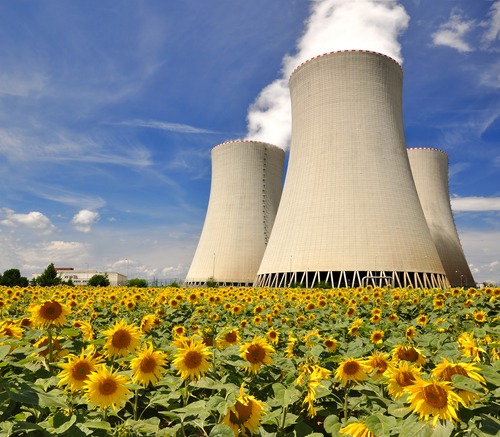Nuclear Plants maintain energy reliability during July heat dome

The Nuclear Energy Institute (NEI) announced on Thursday that nuclear energy facilities maintained energy reliability for American consumers during July’s heat dome, during which U.S. nuclear facilities had an average capacity factor of 96.6 percent or higher.
“That single number shows the nuclear energy industry’s commitment to reliability and its capacity to ensure abundant emission-free electricity during the peak summer months,” NEI Vice President of Nuclear Operations Joe Pollock said.
Between July 23 and July 28, the heat index values for parts of the country were 110 degrees Fahrenheit and higher. The extreme heat impacted U.S. states from California to Maine, only bypassing the upper Northwest. A heat dome occurs when the upper atmosphere traps hot air, forcing it to sink and further warm the earth’s surface.
The NEI said that during extreme heat and cold, nuclear facilities are one of the nation’s only reliable energy sources. During the extreme cold of the 2014 polar vortex, America’s nuclear facilities kept energy flowing to consumers’ homes after fossil-fired fuel facilities could not keep up with demand.
Renewable energy has also proved to be unreliable in extreme weather. During the heat wave of 2015, Texas wind turbines fell to 20 percent capacity. California facilities saw even worse performance, when wind turbine capacity fell to four percent during the 2006 summer heat wave.
The NEI added that nuclear energy is important to the nation’s energy portfolio to improve reliability.
